According to the family's account to the hospital, the patient had previously gone to the market to buy water chestnuts, crushed them, and simmered them with bones to eat.
Three hours after eating, the patient experienced nausea, vomiting, and numbness in the face, tongue, and mouth spreading throughout the body, accompanied by convulsions in the limbs, sweating, chest tightness, difficulty breathing, and continuous vomiting.
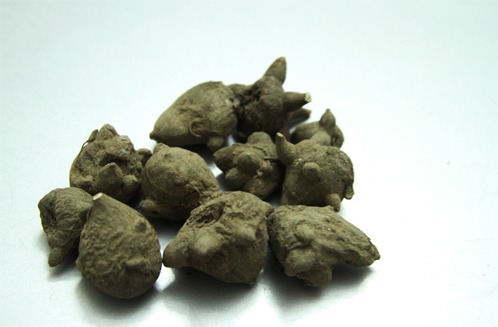
Image of water chestnut stewed with bones causing poisoning, forcing a man in Lung Vai commune, Muong Khuong district ( Lao Cai ) to be hospitalized (Photo: Provided by Muong Khuong District General Hospital).
The patient was taken to the emergency room by his family at Lung Vai Commune Health Station (Muong Khuong District). With the professional advice of the doctor of the emergency and intensive care department of Muong Khuong District General Hospital, he was initially treated and transferred to another hospital in a state of extreme agitation, cold skin, sweating, chest pain, difficulty breathing, SPO2 88%, unmeasurable blood pressure, and involuntary defecation.
The patient was diagnosed by the on-duty team with specialist 1 Luc Quang Thai, Head of the Department of Emergency and Intensive Care at Muong Khuong District General Hospital, who determined that the patient was poisoned by Aconitin found in the Chinese water chestnut.
Therefore, the patient was at high risk of death due to hemodynamic disturbances and arrhythmias. Therefore, the patient was treated with antiarrhythmic and vasopressor drugs.
After 2 hours of treatment, the patient's pulse and blood pressure gradually stabilized and after 2 days of treatment, the patient was alert, responsive, no longer had chest pain, no difficulty breathing, and stable vital signs.
Through this, Muong Khuong District General Hospital warns people about the habit of using water chestnuts. If not processed properly, they will be poisoned when used.
Aconite root, also known as aconite root, aconite root, aconite root, or wild aconite root, is the root of the aconite plant, often growing wild or cultivated in the northern border areas such as Cao Bang, Ha Giang , and Lao Cai provinces.
The main toxic component of the taro is Aconitine (a tongue-numbing substance) and other Alkaloids, which can cause death with only a very small amount.
People often use water chestnuts to soak in wine and prepare food, but do not know how to remove toxins.
When poisoned, patients experience symptoms of vomiting, nausea, numbness of the lips, tongue, hands, feet or whole body, chest tightness, difficulty breathing, and arrhythmia. More severe symptoms include convulsions, respiratory failure, even cardiac arrest and death.
Therefore, when using products containing water chestnuts, caution should be exercised. Do not prepare water chestnuts as food if you do not know how to remove the toxins. Do not drink water chestnut-infused wine because it can cause poisoning and death. Water chestnut-infused wine used for massage must be clearly labeled, stored carefully, and kept out of reach of children.
When symptoms of poisoning appear, immediately go to the nearest medical facility for treatment. Absolutely do not stay at home to self-monitor or treat with folk remedies.
Pham Ngoc Trien
Source






















![[Photo] National Assembly Chairman attends the seminar "Building and operating an international financial center and recommendations for Vietnam"](https://vphoto.vietnam.vn/thumb/1200x675/vietnam/resource/IMAGE/2025/7/28/76393436936e457db31ec84433289f72)













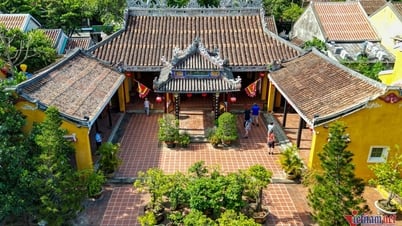



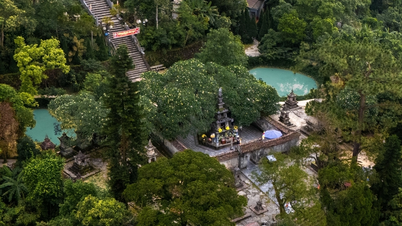


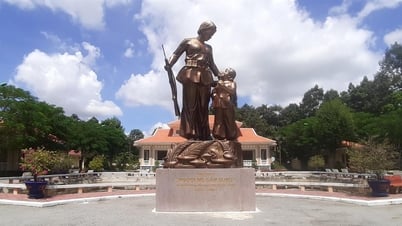








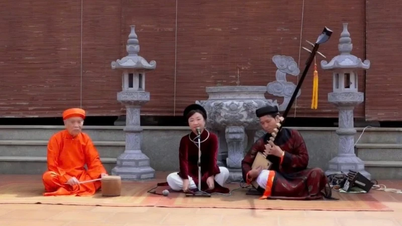



















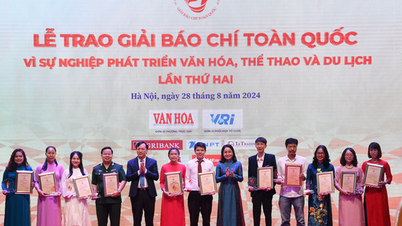























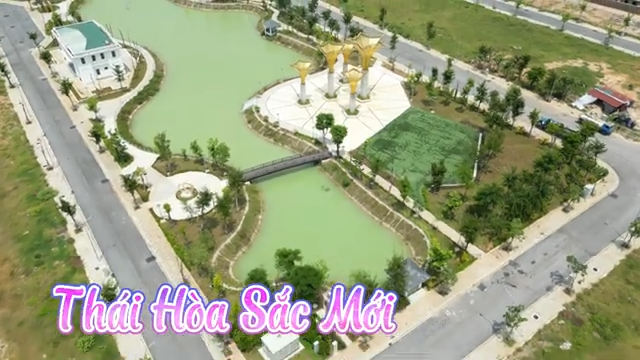



Comment (0)